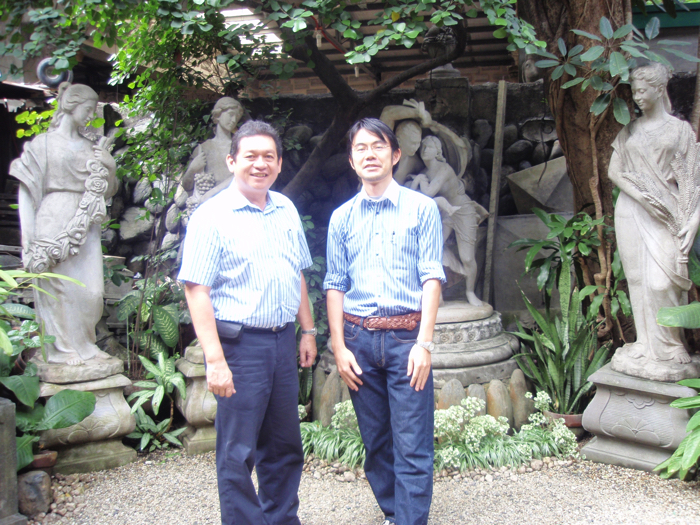- Project Leader : Takagi Yusuke (National Graduate Institute for Policy Studies, Graduate School of Policy Studies)
Outline of Research
The Central Bank of the Philippines was established in 1949, and it occupied the commanding heights of industrial policy making through exchange controls until 1961. This study traces the process of central bank making from the 1930s and its management by a group of Filipino policymakers until the time when their successors transformed the nature of policy regime in 1964. They began to advocate making a central bank in the midst of their struggle for political independence. They were, however, different from the then established colonial politicians who worked with American colonial authority, but were younger politicians, colonial bureaucrats, and professionals in private sectors equipped with knowledge and experience to manage the colonial administration. These people continued to work for economic decolonization after independence aiming at changing economic structure shaped under the colonial periods. Throughout the process tracing, this study argues that these Filipino policymakers worked not for vested interests structured by the colonial or neo-colonial rule but for structural reform through policy innovation.
Description
There are three purposes of the publication. First, this study aims at enhancing our knowledge of the making process of central bank, which has been neglected in the previous literature. Careful tracing has revealed the existence of policymakers’ network such as the Philippine Economic Association which was composed by ambitious politicians, bureaucrats and professionals. Second, by tracing the process of central bank making and its economic policy management, this study aims at challenging the dominant frameworks to understand Philippine politics such as oligarchy, crony capitalism, or neo-colonial rule. This study, therefore, highlights the roles of individual policymakers who attempted to change vested economic structure mainly shaped under the American colonial rule. Third, this study intends to illuminate the significance of a country-study based on historical approach through a series of archival researches at the national archives and the presidential papers both in the U.S. and Philippines.
In the context where the more and more scholars in the world have rushed into comparative study using existing data, it is a rare contribution to publish this study in English, which is based on a rich tradition of school of area studies in Japan where scholars have paid much attention to fact finding.


